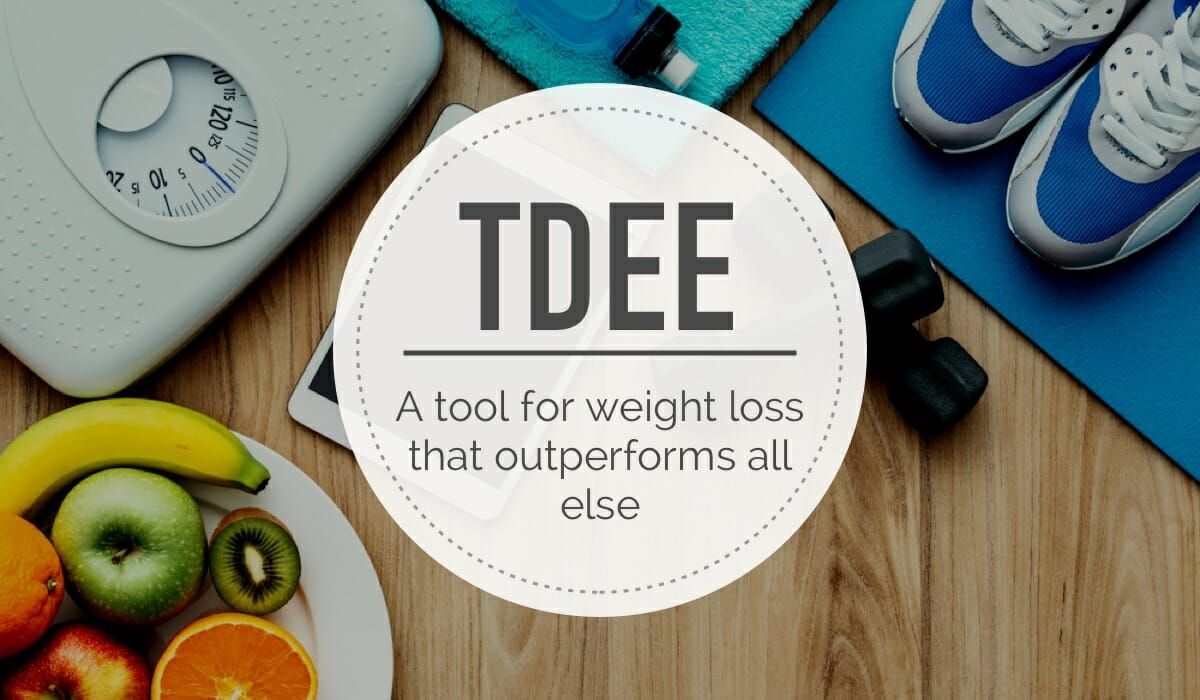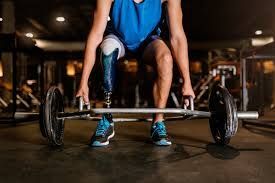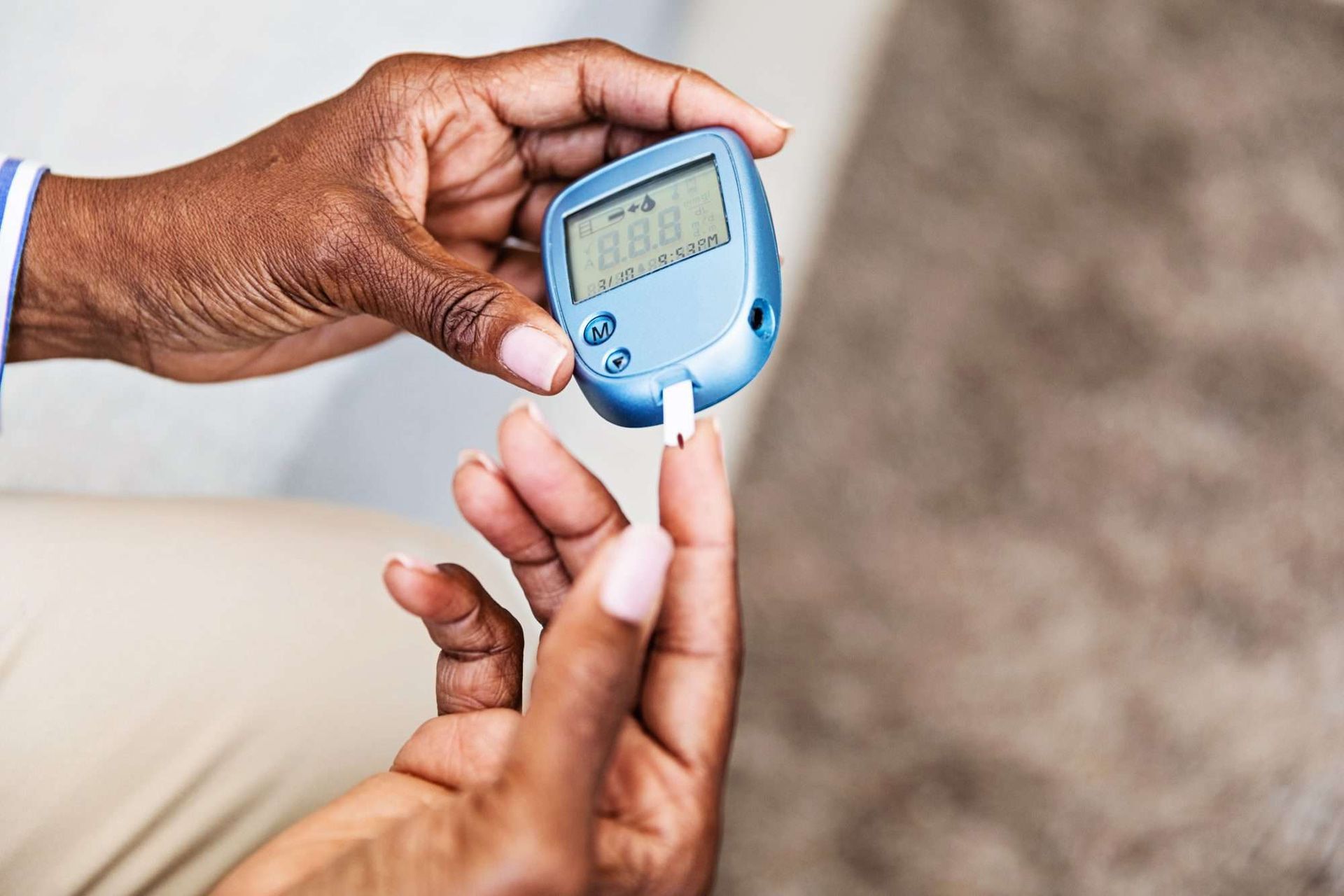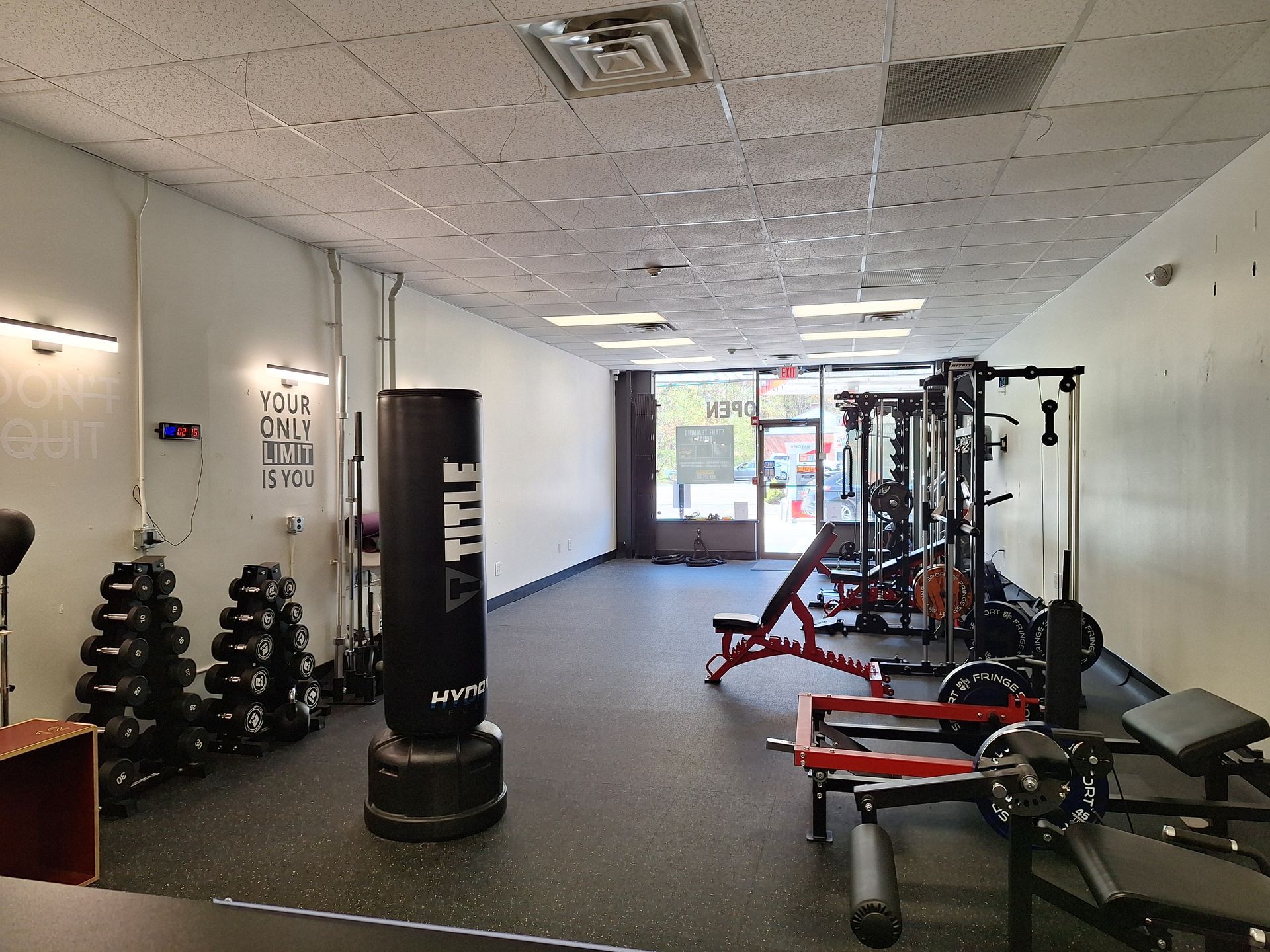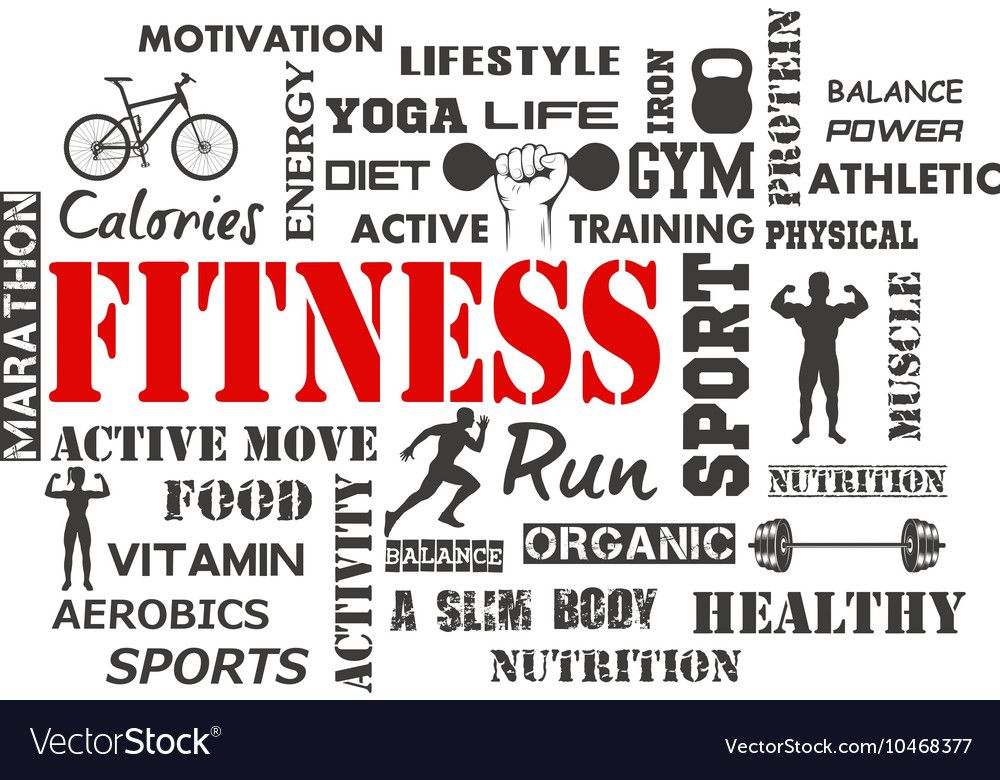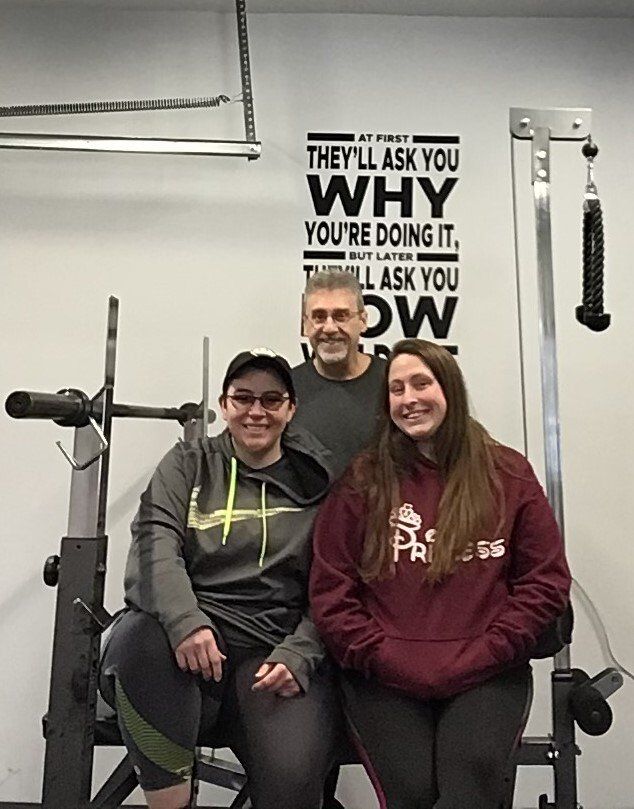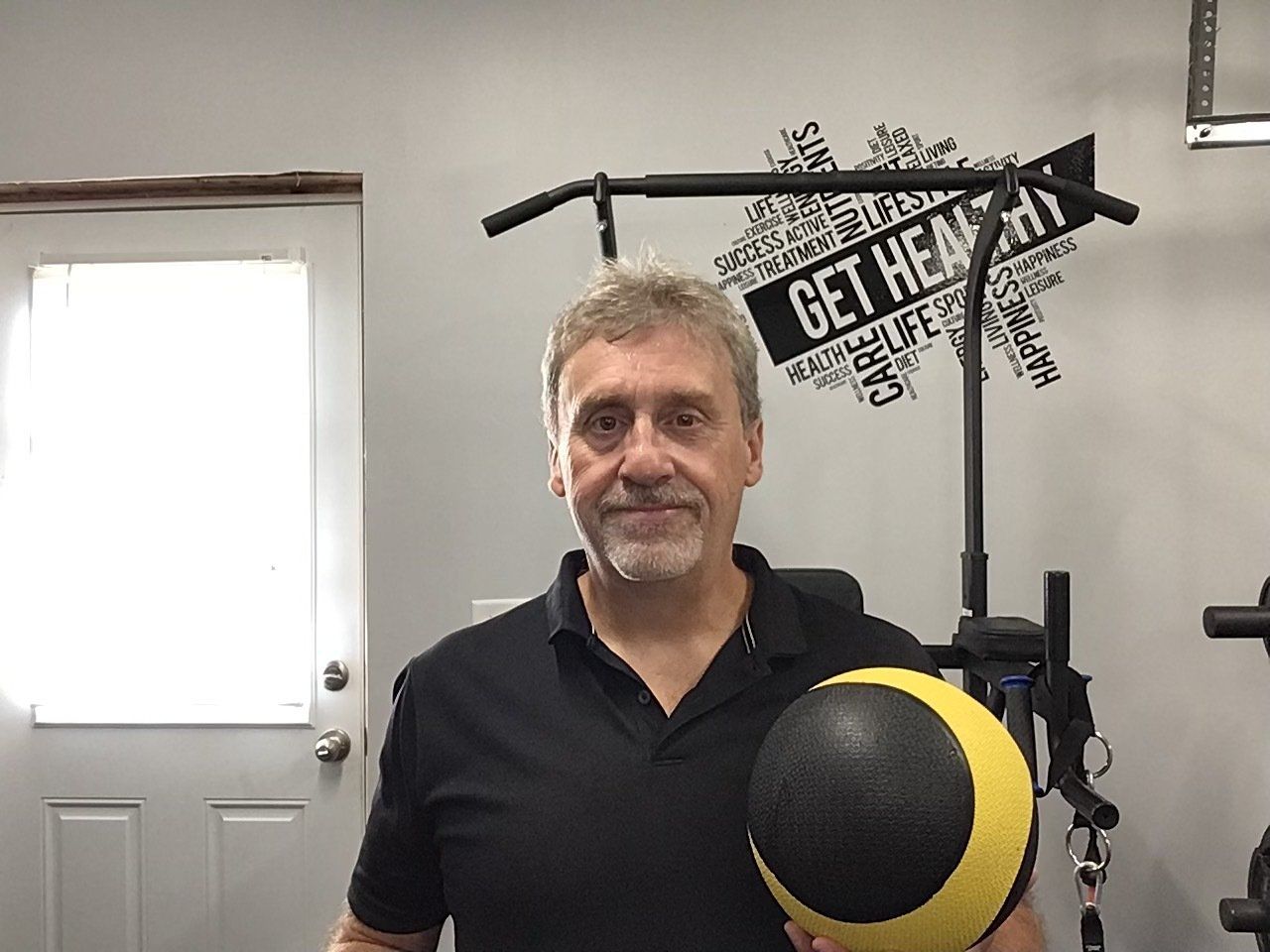In the realm of personal fitness, accurately assessing progress is crucial for designing effective training programs and achieving long-term goals. While the weight scale has long been a common tool for tracking progress, it provides only a limited perspective on health and fitness. As an expert personal fitness trainer, I advocate for the monitoring of body composition—a comprehensive approach that offers greater insights into your body’s changes. This blog explores why tracking body composition is more beneficial than using a weight scale and how it can lead to more successful fitness outcomes.
Understanding Body Composition
Body composition refers to the proportion of fat, muscle, bone, and other vital components within the body. Unlike a traditional weight scale that solely records total body mass, body composition analysis distinguishes between fat mass and lean mass. Key metrics include:
• Body Fat Percentage: Indicates the proportion of fat relative to total body weight.
• Lean Muscle Mass: Represents the weight of muscles, bones, and organs, which are essential for overall strength and metabolic health.
• Bone Density: Provides insight into skeletal strength, which is critical for overall mobility and injury prevention.
The Limitations of the Weight Scale
While a weight scale is a readily available and simple tool, it has several limitations when used as the sole measure of fitness progress:
1. Lack of Specificity:
• A scale cannot differentiate between fat loss and muscle gain. A decrease in body fat accompanied by an increase in muscle mass may result in little to no change on the scale, potentially misleading individuals about their progress.
2. Influence of Extraneous Factors:
• Daily fluctuations in water retention, food intake, and other transient factors can cause weight variations that do not reflect true changes in body composition.
3. Psychological Impact:
• Over-reliance on the number displayed on a weight scale can lead to frustration or discouragement, particularly if short-term changes are misinterpreted as setbacks.
Why Tracking Body Composition is Superior
1. Comprehensive Health Insights:
• Monitoring body composition provides a detailed understanding of the changes occurring within the body. By distinguishing between fat loss and muscle gain, individuals can tailor their fitness programs to optimize both aesthetic and functional outcomes.
2. Informed Training and Nutrition Strategies:
• With detailed metrics such as body fat percentage and lean muscle mass, personal trainers and nutritionists can design targeted interventions. This precision enables adjustments in workout intensity, frequency, and dietary composition, leading to more effective results.
3. Long-Term Progress Monitoring:
• Body composition tracking offers a more accurate representation of gradual changes over time. Even when weight remains constant, improvements in muscle mass and reductions in fat can be clearly observed, providing motivation and reinforcing positive lifestyle changes.
4. Enhanced Metabolic Health:
• Maintaining or increasing lean muscle mass is associated with higher metabolic rates. By focusing on body composition, individuals can improve their metabolic health, which in turn supports sustainable weight management and overall well-being.
5. Objective Goal Setting:
• Clear and quantifiable body composition metrics facilitate realistic goal setting. Whether the aim is to reduce body fat, increase muscle definition, or improve overall fitness, these metrics serve as objective benchmarks for success.
Implementing Body Composition Tracking in Your Fitness Journey
To fully harness the benefits of body composition analysis, consider the following practical steps:
• Regular Assessments: Schedule periodic evaluations using reliable methods such as dual-energy X-ray absorptiometry (DEXA), InBody bioelectrical impedance analysis (BIA). Consistent tracking allows for the identification of trends and timely adjustments to your fitness plan.
• Integrate with Other Metrics: Combine body composition data with performance metrics (e.g., strength, endurance, and flexibility) to gain a holistic view of fitness progress.
• Collaborate with Professionals: Engage with personal trainers, nutritionists, or healthcare providers who specialize in body composition analysis. Their expertise can provide tailored recommendations that align with your fitness objectives.
• Leverage Technology: Utilize apps and wearable devices that sync with body composition scales to track progress over time. Digital records offer valuable insights and help maintain accountability.
Conclusion
In the pursuit of optimal fitness, understanding and monitoring body composition is far more beneficial than relying solely on the weight scale. By focusing on detailed metrics such as body fat percentage and lean muscle mass, individuals can achieve a more accurate and comprehensive view of their progress. This informed approach not only enhances training and nutritional strategies but also fosters long-term success and overall well-being. Embrace body composition tracking as a pivotal tool in your fitness journey, and unlock the true potential of your health and performance.
